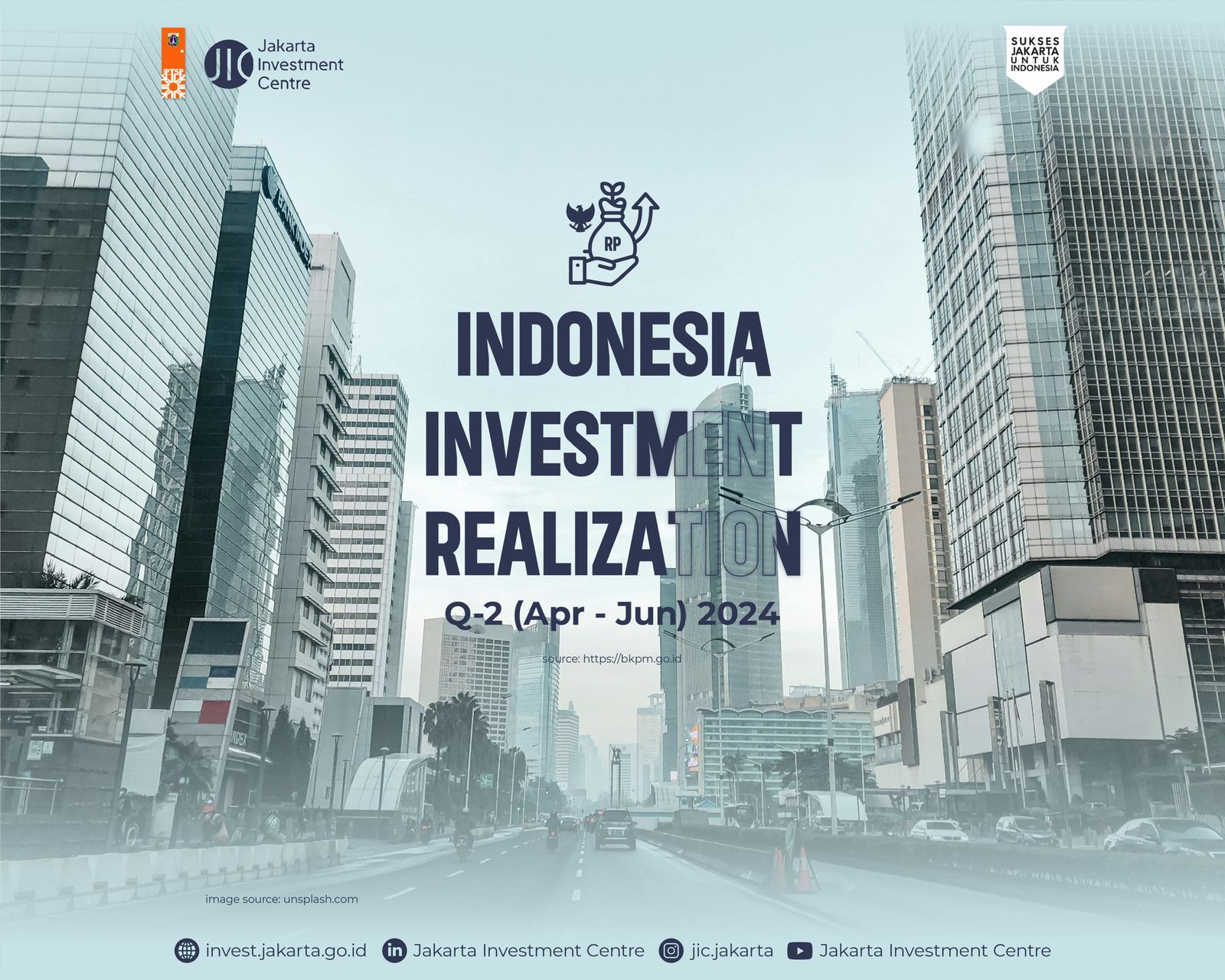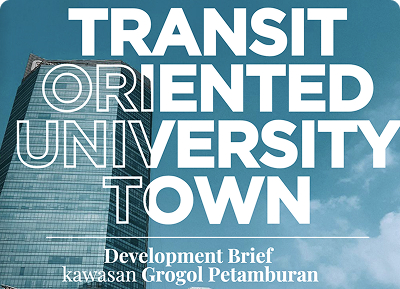Indonesia Investment Realization Q-2 2024


Based on the recent report by the Ministry of Investment, the positive investment climate in Indonesia is reflected in the significant growth of investment realization in Q2 2024, which increased by 6.7% compared to Q1 2024 and by 22.5% compared to Q2 2023. This growth has also led to the absorption of a significant number of workers, with 677,623 workers employed during this period. The World Competitiveness Ranking (WCR) issued by the International Institute for Management Development (IMD) also reported Indonesia’s ranking improvement from 34th to 27th in 2024, further highlighting the country's conducive investment climate.
The Domestic Direct Investment (DDI) reached IDR 211.1 trillion, increased by 29.1% compared to Q2 2023. The trend is also followed by the Foreign Direct Investment (FDI), which increased by 16.6%, amounting to IDR 217.7 trillion in the same period. The information provided indicates that both domestic direct investment (DDI) and foreign direct investment (FDI) in Indonesia have increased significantly during the specified period and the FDI also contributed 50,7% of the total investment in Indonesia.
Here are the list of the top five countries contributing to the FDI:
- Singapore (US$ 4.6 billion)
- China (US$ 2.0 billion)
- Hong Kong (US$ 1.9 billion)
- South Korea (US$ 1.3 billion)
- United States of America (US$ 0.9 billion)
Meanwhile, based on this quarter's distribution, here are the top five realizations of DDI in the city of Indonesia:
- DKI Jakarta (IDR 34.1 trillion)
- West Java (IDR 25.6 trillion)
- East Java (IDR 24.1 trillion)
- Riau (IDR 21.8 trillion)
- West Nusa Tenggara (IDR 15.2 trillion)
Despite the Indonesian government's relocation of the capital city from Jakarta to Ibu Kota Nusantara (IKN), Jakarta has remained the top location for DDI investment realization since Q1 2024, indicating its continued ability to attract investors. Therefore, the stable investment climate in Jakarta in the first semester of 2024 aligns with Jakarta’s vision of becoming a global city.
In addition, during this period, the investment realization of DDI and FDI combined by the sector was led by the basic metal, metal goods, non-machine, and equipment industry sectors, which contributed 41.1% of the total investment, making them the most significant contributors. It was followed by the mining sector, transportation, warehouse and telecommunications sector, housing and industrial areas, and the office sector.
To conclude, the investment realization in the second quarter of 2024 has reflected Indonesia growth and conducive investment climate. Amidst the global uncertainty, Indonesia government commitments will always maintain political and economic stability, and in its implementation is to consistently maintain simplified regulation and sustainable incentive policies to support a conducive business environment and to keep economic growth above 5% through the Ministry of Investment to attract investors.
Source: Press Release BKPM (https://bit.ly/PR_TW2_2024)





